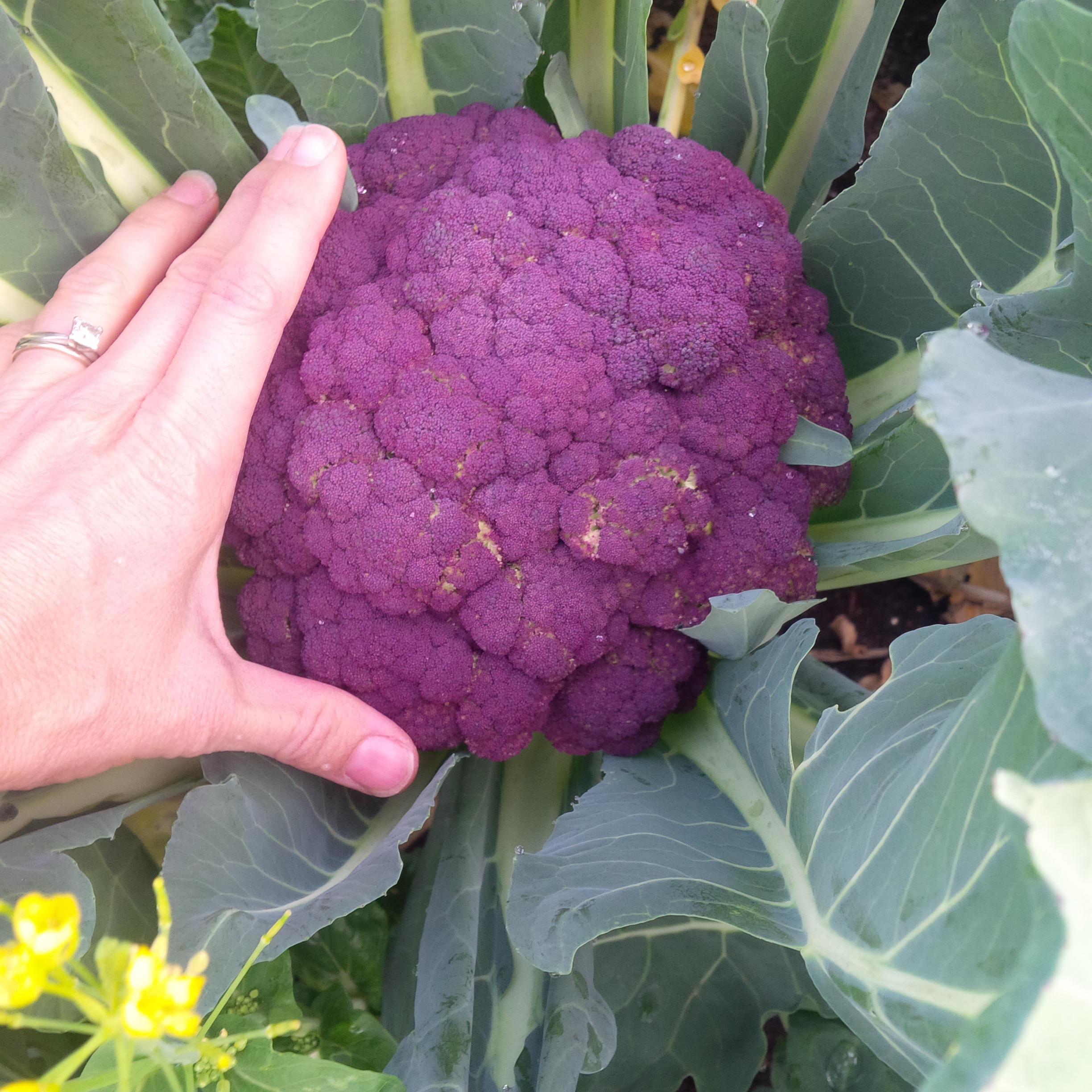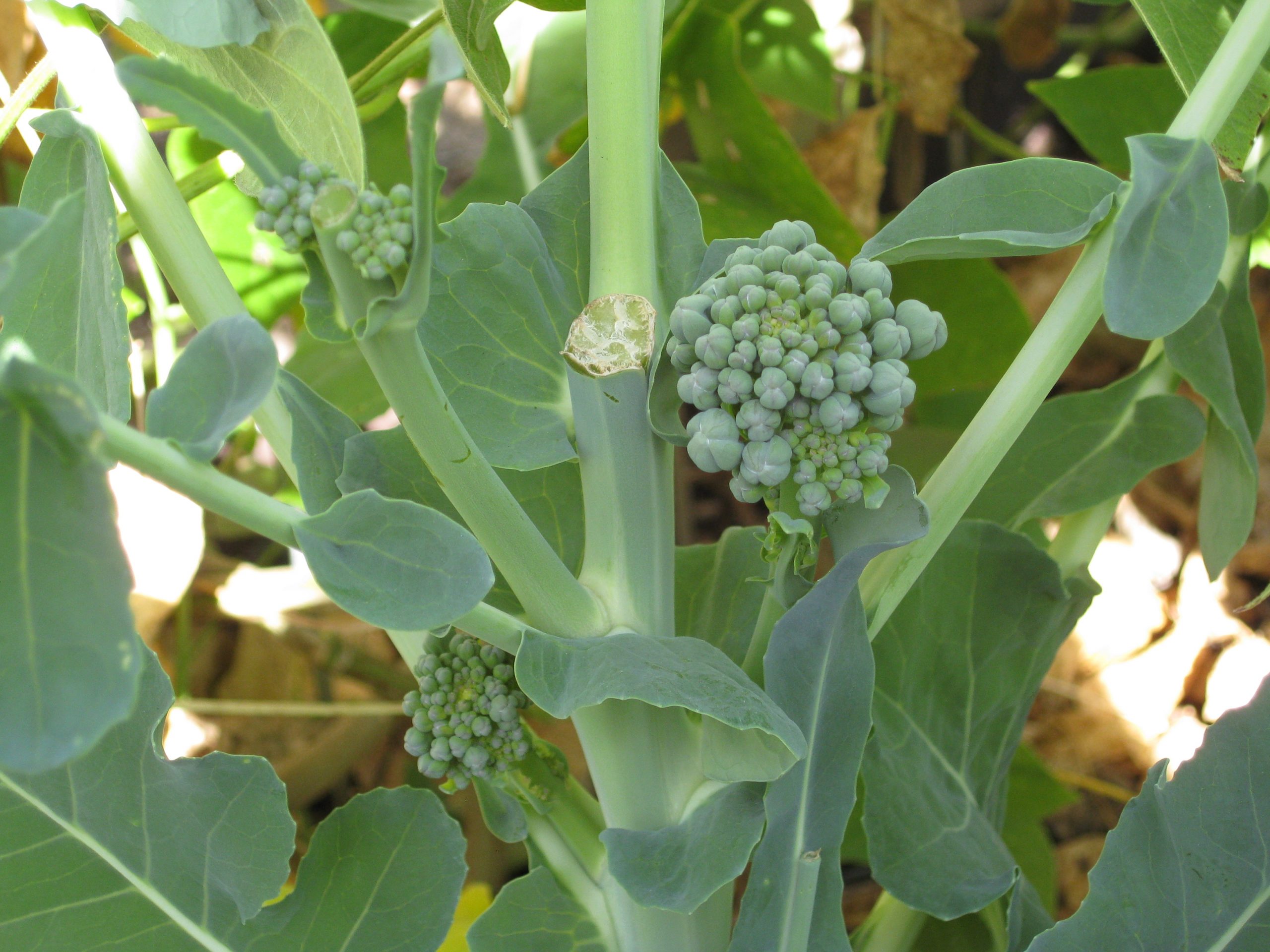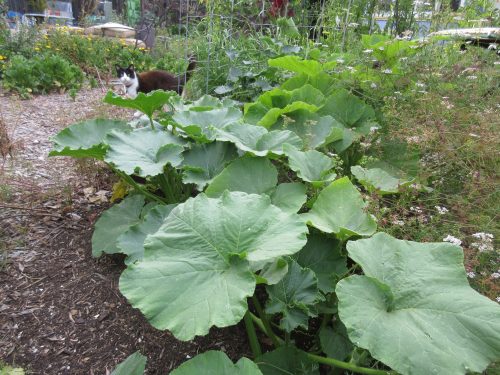This terrific question came in from an inquiring mind this week:
“Last spring I had a very tasty crop of Broccolini. I was impressed enough to save seeds at the end of the season. I’ve since learned that Broccolini is a cross between Italian Broccoli and Chinese Broccoli (a form of Kale). Was my seed saving a waste of time? If I try and plant these seeds, will they revert to one of the two parent plants? – Ed Callahan”
I love this question, Ed. Thanks for writing in. The answer, as it most often is in gardening, is “it depends.” You need to figure out whether that broccolini you grew was a hybrid or an open pollinated plant.

Let’s dissect the answer:
First, it’s important to know that all members of the Brassica species can trace their origins to one plant: a wild cabbage. Over time it was bred for specific traits. Cabbage for heading, kale for its leaf traits, broccoli for its bud, turnips for the root, etc. To quote an abstract by Cuong Truong on the subject, “Since they are so closely related, each Brassica species can easily breed with others and produce viable hybrids; in fact, B. juncea, B. napus, and B. carnita are naturally occurring hybrids of the other three species and have become stable populations.”
That last part is key. For our purposes, let’s call a cross a naturally occurring hybrid. These are considered stabilized hybrids — what we now call open pollinated plants. They will reproduce like their parents.
Now, let’s go back to the “it depends” part. Since the original development of these crosses, these open pollinated seeds, breeders have gone a step further and use a different breeding method to develop unstable hybrids (A.K.A. F1 hybrid seed varieties) that do not breed true to type if you save the seed. This was done either to increase harvest size or to increase disease resistance. You have to buy new seed each year.
If you grew your broccolini from seed, you’ll be able to look at the seed packet and see whether it is open pollinated or hybrid (F1). It should say on the packet very clearly. If you purchased the plant from a nursery, the tag should indicate if it’s a hybrid. They aren’t always labeled, but if you know the name of the variety you can look it up on the web and most likely find the source.
For example, Aspabroc is a trademarked name of a broccolini that is listed as a hybrid, whereas Early Purple Sprouting Broccoli is listed on a website where every seed they carry is open pollinated and has a history.

If your seed packet or plant tag have gone the way of the dinosaur since last year, take a chance and grow some out. Grow as many plants as you can, then you will be able to select seed from those plants which produce the same traits you enjoyed in that original plant. You will want to save seed for several generations to ensure stability and diversity, but you may get lucky and have an open pollinated seed on your hands.
This is the stuff Gardenerds love! Have fun with the experiment and keep us posted on the results.




Interesting post, thanks Christy!